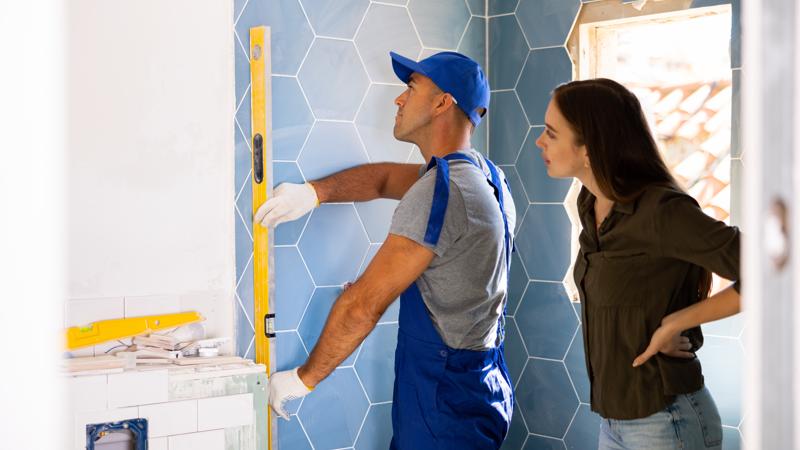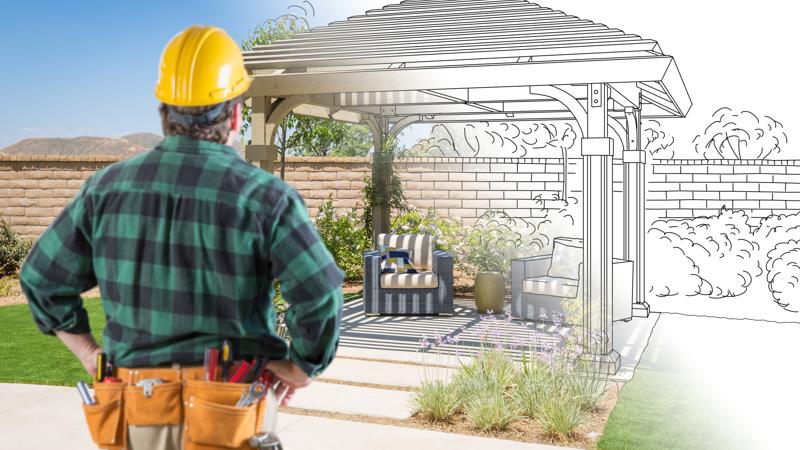Navigating Home Improvement Loans: Financing Your Dream Renovations
Learn about home improvement loans, including types, benefits, application processes, and average interest rates.
Home improvement loans are a popular financing option for homeowners looking to renovate, upgrade, or expand their properties. With a variety of loan types available, these loans can help turn your home improvement dreams into reality. Understanding the different types of loans, their benefits, and the application process is essential for making an informed decision.
Types of Home Improvement Loans
- Home Equity Loans: These loans allow you to borrow against the equity you have built in your home. Typically, they offer fixed interest rates and are ideal for large-scale renovations.
- Home Equity Lines of Credit (HELOCs): Similar to home equity loans, HELOCs let you borrow against your home equity but provide a revolving line of credit. This allows for more flexibility as you can borrow as needed.
- Personal Loans: Unsecured personal loans can be used for home improvements without requiring home equity. They often have higher interest rates but are easier to obtain for smaller projects.
- FHA 203(k) Loans: Backed by the Federal Housing Administration, these loans are designed for buying and renovating a property. They include the cost of repairs in the mortgage.
- Cash-Out Refinancing: This option involves refinancing your mortgage for more than you owe and using the difference to fund home improvements.

Benefits of Home Improvement Loans
- Increased Property Value: Renovations can significantly boost your home’s market value, offering a return on investment.
- Improved Living Conditions: Upgrades can enhance comfort, safety, and energy efficiency.
- Flexible Financing: With various loan options, homeowners can choose a financing method that suits their financial situation and project scope.
The Application Process
Applying for a home improvement loan involves several steps:
- Determine Your Budget: Estimate the cost of your renovation project to determine how much you need to borrow.
- Check Your Credit Score: A higher credit score can improve your chances of approval and better interest rates.
- Compare Lenders: Research and compare loan options from various lenders to find the best terms.
- Gather Documentation: Prepare necessary documents, such as proof of income, property details, and project estimates.
- Apply for the Loan: Complete the application with your chosen lender and await approval.
Eligibility Criteria
Eligibility for home improvement loans varies by lender but generally includes:
- A good credit score (typically 620 or higher)
- Sufficient income to cover loan payments
- Adequate home equity (for home equity loans)
- A detailed renovation plan and budget
Average Interest Rates
Interest rates for home improvement loans vary depending on the type of loan and the borrower’s credit profile. As of 2024, rates are approximately:
- Home Equity Loans: 5% to 7%
- HELOCs: 4% to 6%
- Personal Loans: 6% to 12%
- FHA 203(k) Loans: 4% to 5%
Cost Considerations and Top Lenders
When considering the cost of home improvement loans, factor in interest rates, loan terms, and fees. It's crucial to assess your financial situation to ensure you can manage the payments. Here are some top lenders offering competitive home improvement loans:
- Wells Fargo: Offers a range of loan options with competitive rates and flexible terms.
- LendingClub: Specializes in personal loans with quick approval and funding.
- Quicken Loans: Provides cash-out refinancing and home equity loans with customizable terms.
- SoFi: Known for personal loans with no fees and flexible payment options.
- Chase Bank: Offers home equity loans and HELOCs with attractive rates and terms.
With careful planning and consideration, home improvement loans can be an effective way to finance your renovation projects, adding value and comfort to your home.











